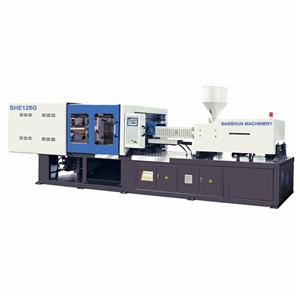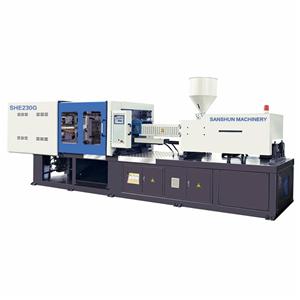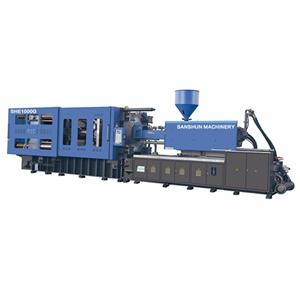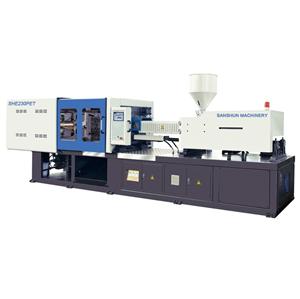- Home
- >
- News & Resources
- >
- Our Blog
- >
- Selection and installation of injection mold pressure sensors
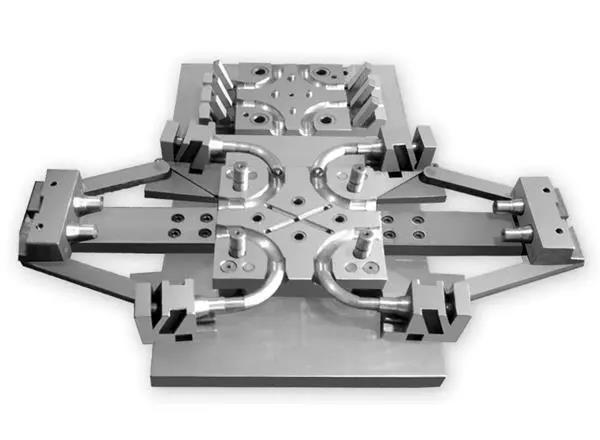
The pressure sensor can be installed in the nozzle of the injection molding machine, the hot runner system, the cold runner system and the cavity of the mold. It can measure the plastic from the nozzle of the injection molding machine during injection molding, filling, holding and cooling. Plastic pressure somewhere between the cavities. This data can be recorded in the monitoring system for real-time adjustment of the molding pressure and inspection after molding or troubleshooting in the production process.
It is worth mentioning that this collected pressure data can be a common process parameter for this mold and this material, in other words, the data can be guided on different injection molding machines (using the same mold). Only the case where the pressure sensor is mounted in the cavity is discussed here.
Type of pressure sensor
Currently, there are two types of pressure sensors used in the cavity, namely, flat and indirect. The flat-mounted sensor is inserted into the cavity by drilling a mounting hole behind the cavity, the top of which is flush with the surface of the cavity, and the cable passes through the die to interface with the monitoring system interface on the outer surface of the die. . The advantage of this type of sensor is that it is not subject to pressure disturbances during demolding, but it is easily damaged under high temperature conditions, making installation difficult.
Indirect sensors are available in both sliding and button styles. They both transmit the pressure exerted by the plastic melt on the ejector or the fixing pin to the sensor on the die ejector plate or the movable platen. Sliding sensors are typically mounted on the ejector plate under the existing pusher pins.
When high-temperature molding is used, or when a low-pressure sensor is used for a small top pin, the sliding sensor is generally mounted on the movable plate of the mold, and the push pin is activated by the ejector sleeve or another one is used. Transitional sales. The transition pin has two functions. One is to prevent the sliding sensor from being disturbed by the demolding pressure in the case of using an existing ejector. Another effect is that the sensor is not affected by the rapid acceleration and deceleration of the ejector plate when the production cycle is short and the demolding speed is fast.
The size of the push pin on the top of the sliding sensor determines the size of the sensor required. When multiple sensors are required in the mold cavity, it is best for the mold designer to use the same size of the top pin for them to avoid molder setup errors or adjustment errors. Since the role of the pin is to transfer the pressure of the plastic melt to the sensor, different products require different sizes of pins.
In general, the button sensor is to be fixed at a certain recess in the mold, so that the sensor installation position must be the most interesting position of the processing personnel. To disassemble this sensor, you must open the template or make some special designs on the structure in advance.
Depending on the position of the button sensor in the mold, it may be necessary to install a cable box on the template. The button sensor's pressure reading is more reliable than the sliding sensor. This is because the button sensor is always fixed in the dimple of the mold, unlike the sliding sensor, which can move within the bore. Therefore, button sensors should be used whenever possible.
Pressure sensor installation position
If the pressure sensor is installed in the correct position, it can provide the molder with the most useful information. In addition to some special cases, sensors for process monitoring should typically be mounted in the last third of the mold cavity, while sensors used to control molding pressure should be mounted in the first third of the mold cavity. For very small products, the pressure sensor is sometimes installed in the runner system, but this prevents the sensor from monitoring the gate pressure.
It should be emphasized that when the injection is insufficient, the pressure at the bottom of the cavity is zero, so the sensor located at the bottom of the cavity becomes an important means to monitor the insufficient injection. With the use of digital sensors, sensors can be mounted in each cavity, and a network cable is required for the connection from the mold to the injection molding machine. In this way, as long as the sensor is installed at the bottom of the cavity, no other process control interface is required, and the shortage of shots can be eliminated.
Under the above premise, the mold design and manufacturer will also decide which recess in the cavity is placed with the pressure sensor and the location of the wire or cable outlet. The design principle is that wires or cables cannot be moved freely after they are passed through the mold. The general practice is to attach a connector to the mold base and then use another cable to connect the mold to the injection molding machine and auxiliary equipment.
The important role of pressure sensors
Moldmakers can use pressure sensors to rigorously test molds that are about to be delivered to improve mold design and processing. The molding process of the product can be set and optimized on the basis of the first try or the second test. This optimized process can be used directly in subsequent trials, reducing the number of trials.
With the completion of the test pattern, not only did the mold meet the quality requirements, but the mold manufacturer also obtained a set of validated process data. These data will be delivered to the molder as part of the mold. In this way, the mold manufacturer provides the molder with more than just a set of molds, but a solution that combines the mold with the process parameters that fit the mold. This intrinsic value is improved compared to simply providing a mold. Not only greatly reduces the cost of the test, but also shortens the time of the test.
In the past, after the mold makers told their users that molds often had problems such as poor filling and incorrect key dimensions, they could only guess the cause of the problem based on experience because they could not know the state of the plastic in the mold. Not only will it make a detour, but sometimes it will not solve the problem completely. Now, as long as they analyze the state information of the plastic in the mold collected by the molder from the pressure sensor, they can accurately determine the crux of the problem.
Although not every mold requires a pressure sensor, each mold can benefit from the information provided by the pressure sensor. Therefore, all molders should understand the important role that pressure sensors play in optimizing injection molds. Those moldmakers who believe that the use of pressure sensors play a key role in the manufacture of precision molds enable their users to produce quality-compliant products more quickly, while also facilitating their mold design and manufacturing techniques.

